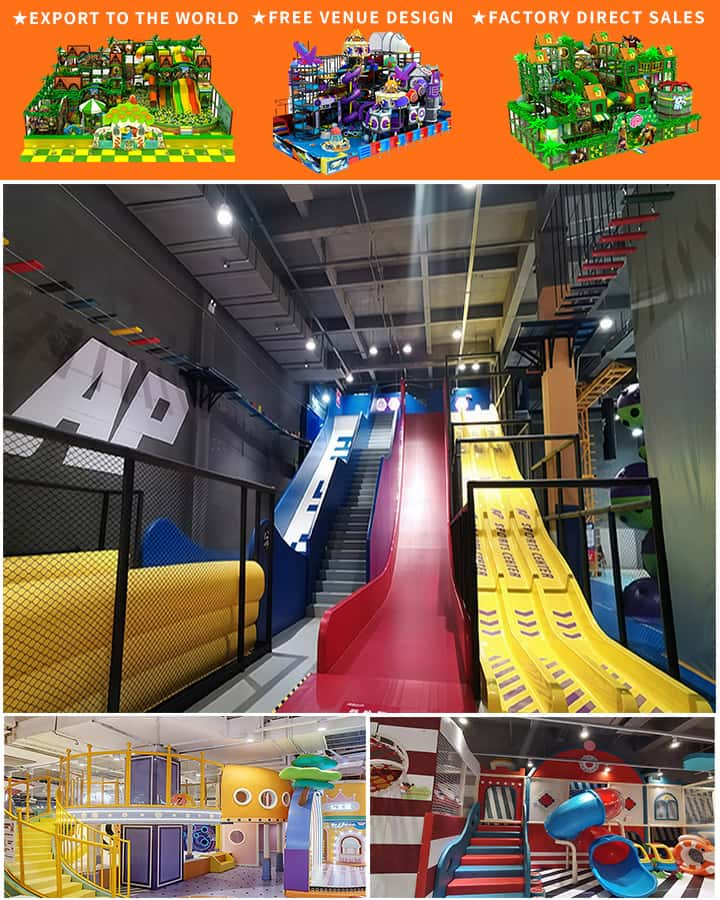Creating a small indoor playground for children at home can be both fun and beneficial. It provides a safe and engaging environment where kids can play, learn, and use up some energy, even when the weather outside is less than ideal. Here are some creative ideas to help you design a fantastic indoor playground that maximizes space and stimulates your child’s imagination.
1. Climbing Wall
A climbing wall doesn’t have to be complicated. You can create one using plywood or foam boards mounted securely on a wall. Add grips made from rope or silicone handles to make it more accessible for little hands and feet. This will not only be a physical challenge but also a great confidence booster for young climbers.
2. Under-the-Stairs Play Area
Often underutilized, the space under the stairs can be transformed into a cozy and functional play area. Install curtains or sliding doors for privacy, add soft cushions, and incorporate a small bookshelf filled with favorite picture books. If there’s enough height, consider adding a mini slide or a small climbing wall inside this nook.
3. Indoor Trampoline Park
If space allows, a small trampoline can become the centerpiece of an indoor playground. Choose a foldable model to save space when not in use. Ensure the trampoline is safely enclosed with padded borders to prevent accidental falls. Surrounding the trampoline area with soft mats can also provide extra safety.

4. DIY Ball Pit
A ball pit can be a delightful addition to any indoor playground. Use a large, shallow plastic pool as the base and fill it with colorful plastic balls. For added fun, place some small toys or sensory objects within the pit. Ensure the edges are padded to prevent injuries during playtime.
5. Obstacle Course
Design a simple obstacle course using household items. Lay down a path with cushions, set up tunnels made from tables and blankets, and place chairs to crawl under. Incorporate balance beams (like a piece of wood or a narrow board) and finish with a small prize at the end. This activity promotes physical coordination and problem-solving skills.
6. Art Corner
An art corner dedicated to creativity is another excellent idea. Set up a small table with washable paints, crayons, markers, and coloring books. Include a whiteboard or a chalkboard for doodling. Hang up some of their masterpieces on the wall to foster a sense of achievement and pride in their work.
7. Reading Nook
Create a comfortable reading nook by arranging pillows and bean bags in a corner. Add a small bookshelf within reach and include fairy lights for ambiance. A reading nook encourages quiet time and helps develop language skills and a love for books.
8. Interactive Whiteboard Wall
Turn a section of a wall into an interactive whiteboard. Use special wall paint designed for drawing with markers, allowing kids to express their creativity freely. This can double as an educational tool where parents can draw letters, numbers, and shapes for learning sessions.
9. Miniature Kitchen
A mini kitchen setup is perfect for encouraging role play. Use child-sized kitchen utensils, a small refrigerator, and a pretend stove. This setup can keep children engaged for hours while teaching them basic culinary concepts and the importance of sharing and taking turns.
10. Sensory Bins
Fill large bins or basins with different textured materials such as rice, beans, sand, or pasta for tactile exploration. Add scoops, cups, and small toys for enhanced sensory play. These bins are excellent for developing fine motor skills and sensory processing abilities.
By incorporating these small indoor playground ideas, you can create a dynamic play space that caters to your child’s developmental needs while ensuring they stay active and entertained, regardless of the weather outside.




